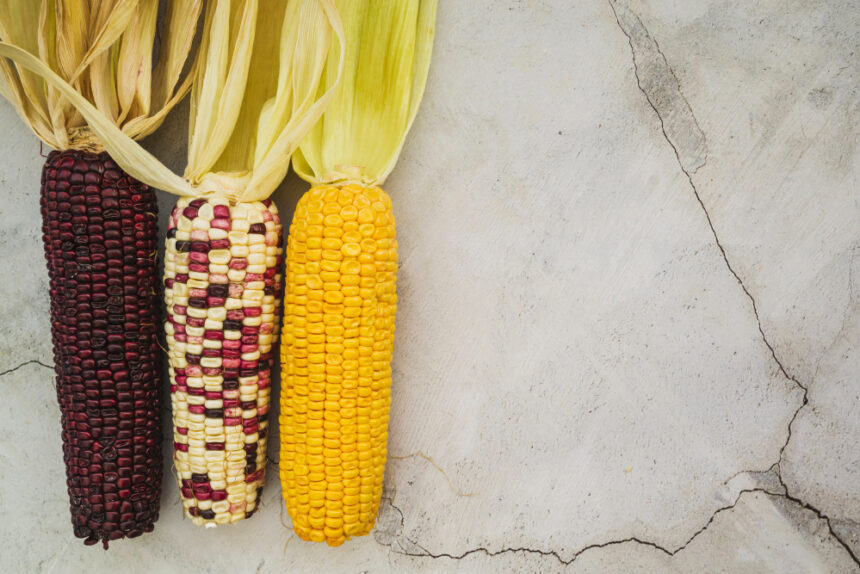Corn is a staple crop with significant economic and agricultural importance.
Improved Varieties and Genetics
Technological improvements in the areas of biotechnology and genetic engineering have improved high-yield and disease-resistant corn hybrids.
By choosing seeds that possess attributes like drought resistance, pest resistance, disease’ immunity, and efficient nutrient absorption, farmers can boost their crop production.
To a given extent, utilizing new seed technologies increases yields and decreases losses that directly add to the crop’s market value.
Precision Agriculture
Precision agriculture implies the application of technologies to properly accomplish farming activities. Technologies, including global positioning systems, aerial robotics, and sensors, allow farmers to track the soil state, meteorological changes, and crop status in real time.
In this way, applying inputs such water, fertilizers or pesticides in the right proportions improves crop yields with less wasteful results. This not only increases the yield but also optimizes the use of inputs , factors that will enhance organizational profitability.
Soil Health Management
A healthy soil should therefore always be used in order to get the best yield and quality of corn. A number of measures, like changing the sequence of crops, growing cover crops, and implementing minimum tillage practices, help increase aggregation, soil structure, fertility, and water-holding capacity of the soil.
Soil health management measures, if put in practice, can result in improved plant health and availability of nutrients, subsequently improving the yields and social value of the crop.
Fertilization and Nutrient Management
Fertilizing is critical in the development of a healthy corn plant and greater yields. Proper prescription of nutrient management and soil testing guarantees the right nutrient input for corn plants.
The application of variable-rate fertilization and management of release of fertilizers also increase the status of crop quality and yield and improve the market value.
Pest and Disease Control
Diseases and pests are one of the major threats to corn production, and thus, proper control of these factors is crucial.
It has been found that IPM measures involving the use of both living organisms and developed methods such as cultural and chemical methods can assist in decreasing crop losses and enhancing quality. Pest and diseases control measures have to be implemented at the early stages to reduce plant damage and high losses.
Post-Harvest Management
Proper post-harvesting involves harvesting, drying and storage, which is vital in preserving the quality and value of corn. Corn should be properly handled and stored to avoid spoiling and being contaminated, which compromises its quality when taken to the market.
There is also a need to use latest technology after harvesting to avoid losses since the crop needs to be made more appealing in the market.
Market and Value-Added Products
Thus, investigating market prospects and creating adverse products can enhance the economic value of corn. Corn syrup, ethanol, and specialty food items are some of the byproducts and can be sources of extra income.
Other strategies include extending existing product lines, finding and targeting specialized market segments, or branding and expanding a company’s products’ range of functions and applications.
Sustainable Practices
Agriculture as a business aspect has significantly improved sustainability over the recent past. New measures to lower the application of chemicals in farming, conservation of water, and encouraged use of more diverse resources are some of the ways that can help enhance sustainability of corn production.
Such practices at least help to improve the environmental situation, which is also attractive to consumers and markets that are interested in environmental issues and may lead to a growth in the value of the crop.
Overall, increasing the value of corn crops includes technology, management, and market practices. In this case, the targeted areas are genetic selection, use of precise inputs in the field, sustainable management of soil health, and efficient production, handling, and marketing of the produced corn.
ASH CK

